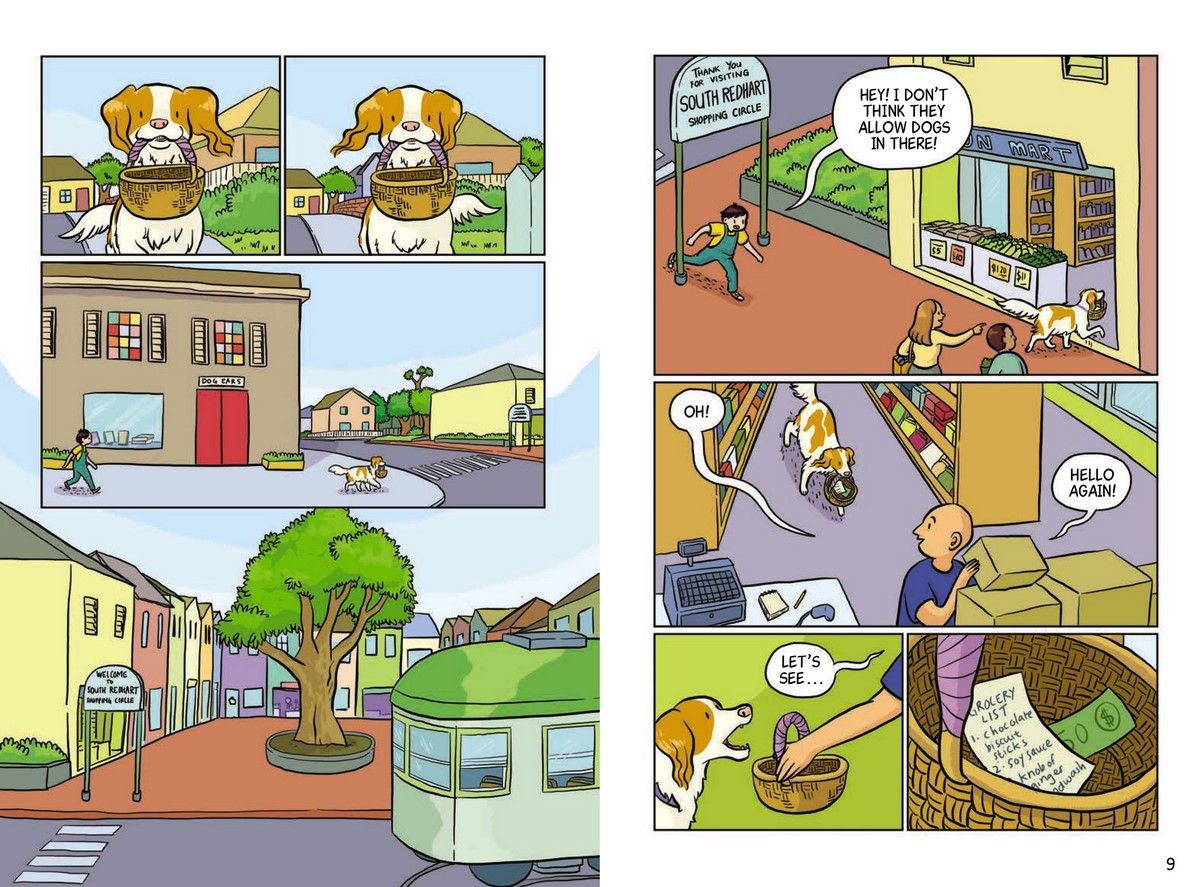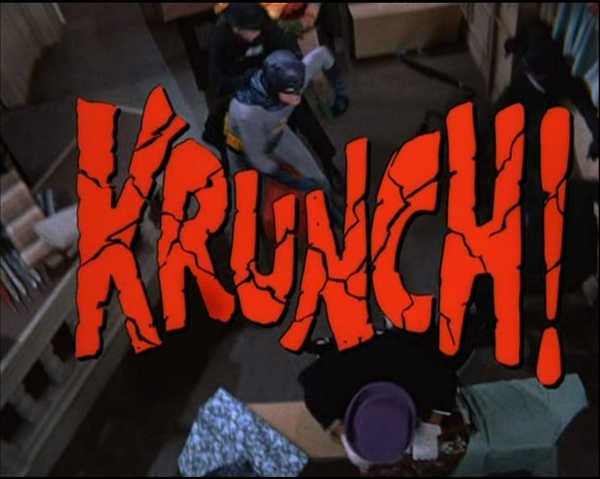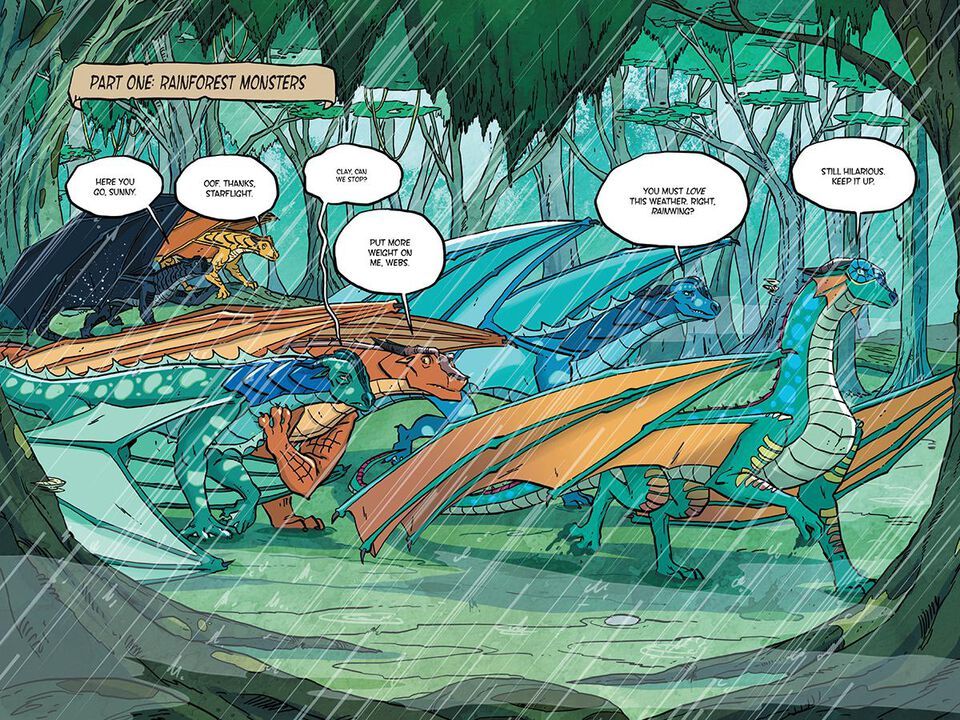I’m going to assume you already know how great it is to read aloud with your kids. Fellow Book Riot writer Katie has it covered in her recent article here. And we are a little overdue for our annual reminder that graphic novels are “real” reading (thanks, Molly). So, why do so many parents avoid reading comics and graphic novels with their kids? Let’s break it into a few steps and bust the myths about comics. Oh, and for the sake of rhythm in the writing, from here on, “comics” includes both “comic books” and “graphic novels.” Speech bubbles are dynamic! On their own, they create a flow of dialogue within the storytelling. They can be standard speech bubbles or thought clouds. Add another character, and we have speech bubbles interlacing with each other to show the flow of conversation…and interruption when someone’s speech overlaps another. Essentially, speech bubbles can be a character unto themselves. This is your moment to shine! Bring out your character voices, bring out your passion, and bring out your verve! This works equally well with sound effects. Harken back to the 1960s TV show Batman with Adam West in the character role. Remember the big POW! and BAM! spread across the screen during fight scenes? You want to capture the same impact because these words are part of the emotional environment in the storytelling. The same can be said about the use of colour. I remember reading an Editor’s Note in an Archie Comic back in the 1980s. The whole page was about the use of colour to detail the mood and atmosphere of the scene. The example included two pictures of Archie’s head — one with a red background and one with a blue background. By using different colours, the creators can give more ideas about what is happening in the story. Red can be action, fear, or excitement. Blue can be more pensive. This is one area where comics have the advantage over general novels. Remember those comprehension exercises in school? That’s what comics are about. Comics often require us to infer information that would otherwise be narrated in a novel. The visuals are there to help set the scene (literally) and the mood (often figuratively). Inference is one of the key reading skills and often one of the hardest for kids to get the hang of. It is the skill of drawing conclusions based on what we read. By pausing to look at the picture, we can encourage kids to understand all of the elements in the story and not just the dialogue. When you reach this point in your reading time, slow down and allow them to really see the artwork. Ask them to point it out to you, and then ask them how it fits in with the story. These are the basic steps for how to read comics with kids. Once you have read through a few comic books or graphic novels, you will find your own rhythm and style. The more you read together, the more comfortable you will be. You can take it in turns reading, or maybe one does the dialogue while the other does the sound effects and scenery. The goal is to be reading: reading together and reading aloud. If you’re still looking for a few books to read together, Book Riot writer Hannah has a list of 15 of the Best Comic Books for Kids. Each of these books fits all of the advice mentioned above: there’s a good range of genres, they are easy to see, the layout is easy to follow, the dialogue is easy to follow, and there are natural places to pause and build your comprehension. Feel free to add your favourites to our social media chats. And yeah, I bought the Wings of Fire graphic novel set. What can I say? It was a very convincing argument. We’ll be reading it together tonight.


